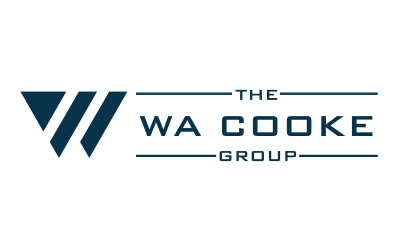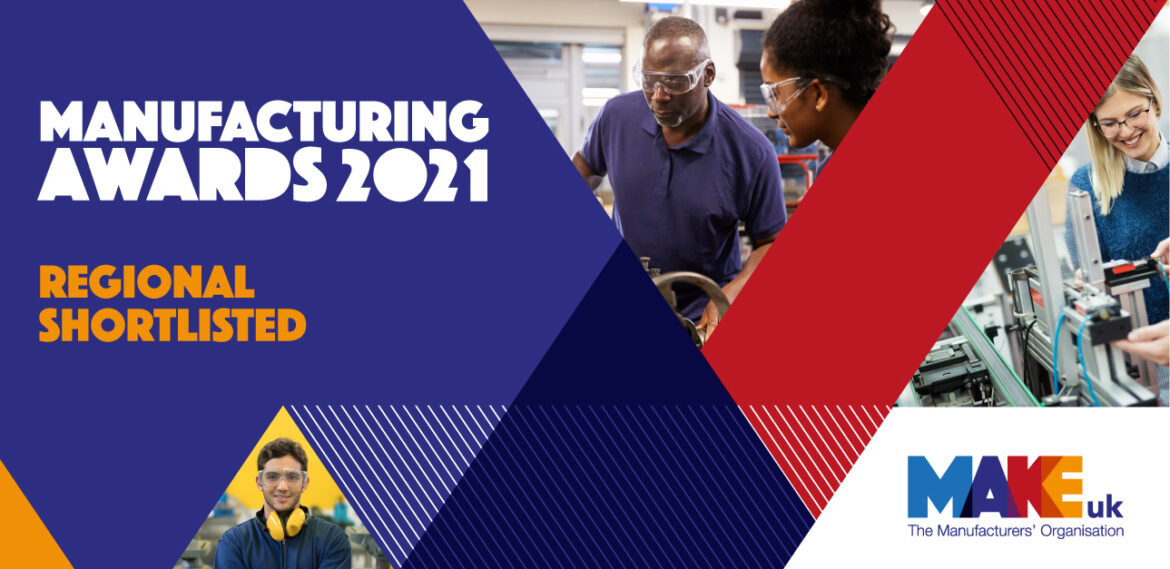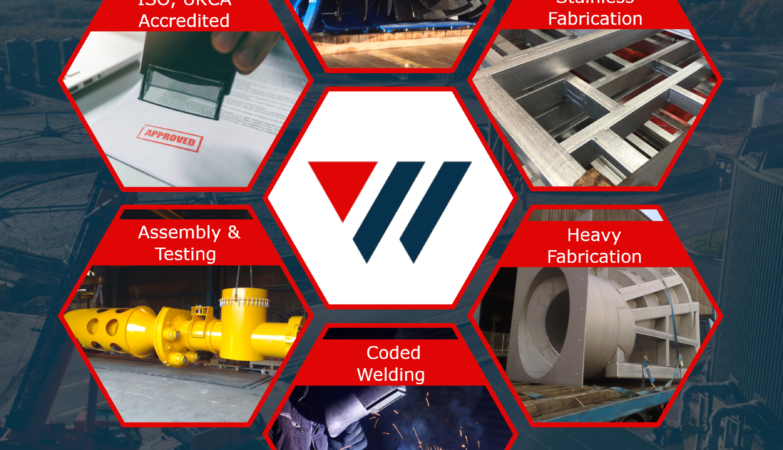- Innovation
‘This award celebrates innovations executed through new products, processes, markets and business models. Such innovations will be governed by strategic intent and have driven greater productivity, efficiency and or business growth, within the last three years.’ – MakeUK
- Energy & Sustainability
‘This award has been developed to recognise those that have done the most to improve overall environmental performance and enhance sustainability. This could have been achieved through efficiency savings in the use of raw materials, energy, water; the adoption of clean technologies; improved waste management and recycling; development of greener products; and/or more generally changing operational processes to increase environmental efficiency. It could be part of an initiative to commit to and/or plan for Net Zero by 2050 or earlier.’ – MakeUK
1. The Project
Over the past 9 years Watermark Projects, the Industrial Wastewater Treatment division of The WA Cooke Group, has endeavoured to develop, design and manufacture a range of skid mounted wastewater treatment systems known as Dissolved Air Flotation (DAF) units. They are designed to suit all industries requiring on site wastewater treatment.
In the past this technology has required a large footprint, with the individual components making up the system being floor mounted resulting in complicated, interconnecting pipework and wiring, resulting in many sites being unable to accommodate both the size and complexity of it.
Therefore, our goal was to develop a completely skid mounted system providing a solution that, as well as offering a compact layout and reduced footprint requirement on site, would remain both cost and technologically competitive against the current market.

2. The Approach
To avoid the usual tribulations of design vs application we made the decision not throw the entire project at our design team.
Instead, we decided to create a dedicated team featuring key personnel from various parts of the group to ensure considerations were made throughout the development for each stage of the practical application including design, manufacture, installation, operation and ongoing maintenance. For example:
- Can this design be manufactured efficiently?
- Is this the best engineered approach?
- Will this allow for effective operation?
- Does this layout allow for 360-degree maintenance?
The team was headed by our Lead Project Engineer who has over 35 years’ experience not only within the wastewater treatment industry but also specifically with the Dissolved Air Flotation technology.
Very early on the decision was made to develop this design into a range of 3 units, each offering varying treatment capacities. This was to ensure that this remained a cost-effective option for all sized businesses within the target industries.
We started with our largest capacity unit – the Model 20 DAF (named for the surface area of the Treatment Cell) which would be our largest design offering a treatment capacity from 20,000 up to 30,000 litres per hour.
With the development team confident that the pre-production design had reached its apex, it was time to progress to the manufacturing stage.
The team then expanded to include several members from our fabrication team who would be responsible for converting the design into a fully operational prototype.
During this manufacturing stage we encountered an issue with the structural integrity of the primary tank (the Treatment Cell). In an effort to ensure cost effectiveness of the final product, the development team had designed the primary tank in 3mm thick T304 Stainless Steel. While this was sufficient in design, when in manufacture it proved to be too thin to hold the sheer volume of water without bowing occurring within the walls of the tank.
To overcome this, the development and fabrication team decided recruit the experience of our entire fabrication team. Over 20 experienced welders, fabricators & platers across both of our sites (Manchester & Cambridgeshire) were asked to conceive a solution which would allow the design to remain in cost effective 3mm thick steel.
This resulted in both of our sites each producing a single proposal to resolve the issue. Both were manufactured and tested with our Cambridgeshire site developing the most effective solution; each 3mm thick steel panel which made up the walls of the tank would be corrugated to a specific pattern which would maximise structural integrity of the tank.
With the new tank design successfully integrated into our prototype the rest of the build proceeded with only minor hiccups which were resolved by the development team.
Once the manufacturing stage was completed the Model 20 unit was rigorously tested in-house with each electrical, mechanical and pneumatic element being pushed beyond the requirements of any real-world application to ensure our expected quality and safety levels were met.

3. The Objective
While our primary objective was to produce a compact skid mounted DAF system, each stage of the development process was issued individual objectives to ensure the project adhered to our initial goal. These were:
Design
1. Develop a skid design with sufficient structural integrity which would be large enough to house each individual component while remaining suitable for transport as well as being safe for lifting and installing at a variety of locations (i.e. uneven ground/surfaces).
2. Produce a layout that, while capable of featuring each component, allowed for;
Manufacturing allowances (i.e. space to weld and assemble).
Servicing & Maintenance access.
Efficient operation (i.e. suitably sized components).
3. Consider scale down options for future designs within the range (i.e. lower treatment capacity units).
4. Produce an effective final design which would result in reduced on-site installation times and requirements.
Manufacture
1. Ensure structural integrity of each individual component (see example in “2) Project in action”).
2. Avoid compromising cost effective solutions (ultimately resulting in an unsuitable and redundant product within the market) for ease of manufacture.
3. Produce a best engineered product ensuring quality was maintained throughout.

4. The Results
Following the successful creation of the Model 20 we decided to compact the unit to its most efficient size and develop the Model 6 DAF system which would offer from 1,000 up to 10,000 litres per hour.
The final stage of these efforts was achieved at the beginning of 2020 with the final, deployable version of our Model 10 Dissolved Air Flotation system which completed our skid mounted range offering a treatment capacity of 10,000 to 20,000 litres per hour.
The Model 10 completed our skid mounted range, enabling us to offer a complete skid mounted wastewater treatment solution from flow rates from 1,000 to 30,000 litres per hour. However, our team did not stop there and, thanks to continued development and investment, both in design and manufacturing techniques, we have been able to further evolve our Model 20 design and increase the maximum treatment capacity from 30,000 up to 40,000 litres per hour.
This development exercise has vastly impacted not only the Watermark Projects division, but The WA Cooke Group as whole.
What was initially developed to be a small division of the group which would allow our fabrication teams to fall back on our own product manufacture during market downtimes has, thanks largely to this exercise, become one of the key divisions of the group. The team dedicated to the division (initially our Lead Project Engineer and a Sales Manager) has now grown to include a dedicated Production Manager, an Installation & Servicing Manager, an Installation & Servicing Engineer and a portion of our existing fabrication team now permanently dedicated to the DAF build (including one apprentice!).
To date, 90% of our DAF installations are from our skid mounted range.









